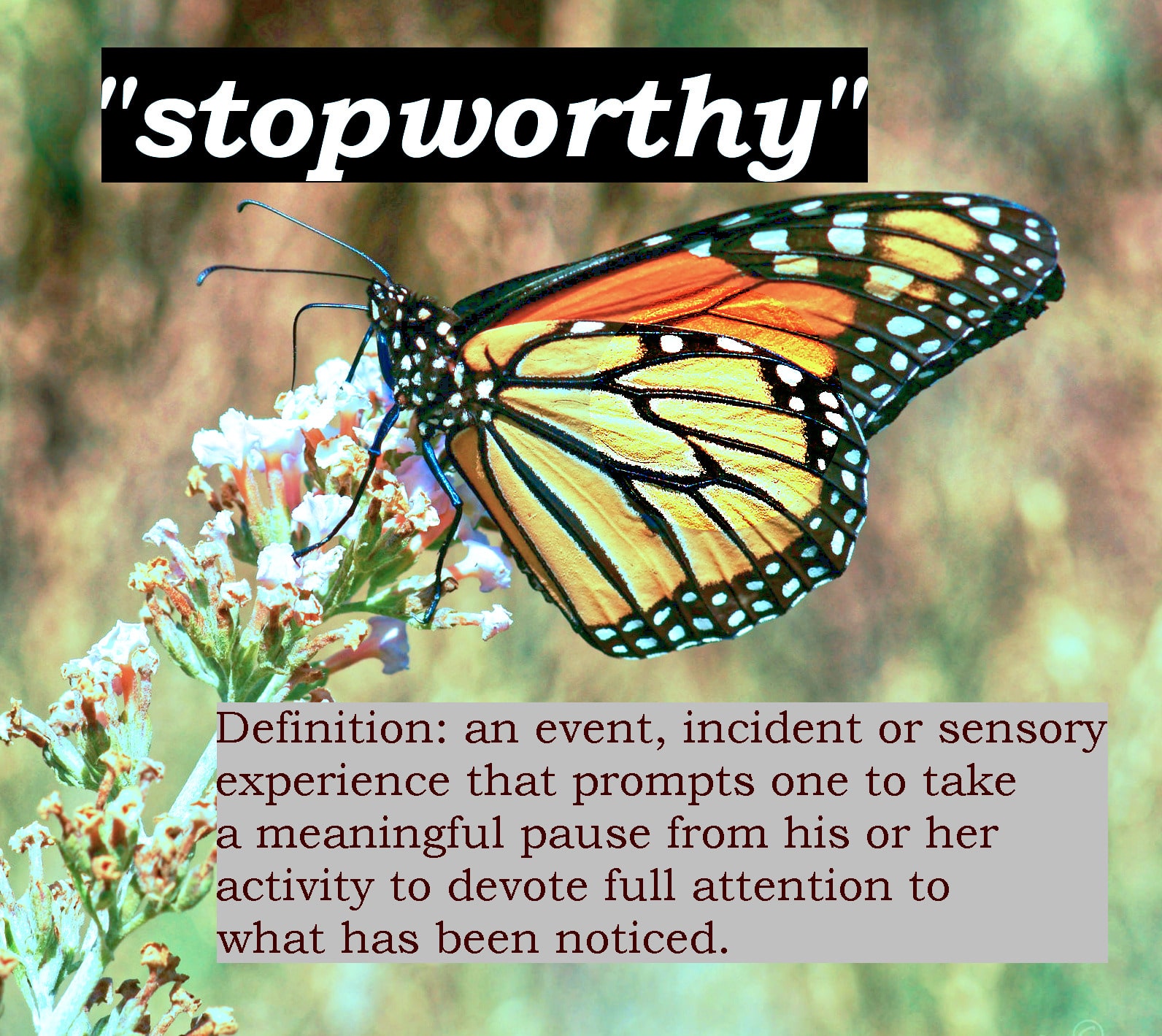The Japanese Psychology of Action: Morita Therapy
by Gregg Krech
When I was 22 years old I moved into a freshly painted one bedroom apartment in Alexandria, Virginia. It was my first “solo” experience – no roommates, no dog, no parents, no siblings. I could leave my dirty socks on the dining room table and stay up late playing my guitar. I reveled in the freedom of my solitude. About three weeks later, I was making myself dinner when I realized that I was completely out of dishes – all the plates and bowls were piled in the sink and had been waiting patiently, for quite some time, to be washed. So I did what any self-respecting young bachelor would do and raced over to the convenience store to buy paper plates.
Why those dishes hadn’t been washed is a bit mysterious given the well-functioning dishwasher that occupied a small space under the counter not far from the sink. I never did figure out how to get the dishwasher to reach over, grab the dishes, turn itself on and stack the plates neatly in the overhead cabinet. My role in the process, while essential, was limited. It didn’t require great strength or intelligence. The task was not particularly complex. The time required was minimal. So what kept me from taking action — from doing what needed to be done?
Ten years later I discovered the work of a Japanese psychiatrist that provided more than just insight into my struggles with procrastination.
His work offered me a set of practical strategies for moving forward and taking action even when I didn’t feel like it.
Shoma Morita, M.D. (1874-1938) developed a model of psychology no known as Morita Therapy. Rooted in Zen and borrowing from an Eastern world view, it is a stark contrast to the European-based mental health models we have become familiar with. – approaches developed by Freud, Jung or Carl Rogers.
The Uncontrollable Nature of our Thoughts and Feelings
A good friend of mine was recently diagnosed with Leukemia. He recently participated in some new treatment approaches, but won’t know for a few months whether the treatment was effective. Have you ever been in a situation where you were waiting for the results of medical tests? Or waiting to find out if you passed your licensing exam? Or waiting for your child to come home at night when it was several hours passed her curfew and you hadn’t heard from her? Were you anxious? Do worried thoughts continue to form in your mind? What if I have cancer? What if she was in an accident?
One of the main tenets of Morita Therapy is that our internal experience (feelings and thoughts) is basically uncontrollable by our will. If we feel anxious about going for a job interview we can’t necessarily make ourselves feel relaxed and confident. If filling out income tax forms feels frustrating and tedious, we can’t just snap our fingers and suddenly find the task satisfying and exciting.
Worried thoughts arise despite our desire to avoid them. Worried feelings manifest themselves as butterflies in our stomach, sweat on our palms or a tightness around our neck. If we’re depressed we’re told to “cheer up” or “think positively” but we find that both strategies are often ineffective. They’re ineffective because our thoughts have a mind of their own. They pretty much come and go as they please. And our feelings also arise naturally and spontaneously. We hear a new song and we enjoy listening to it. We see a person at a social gathering and feel attracted to them. In fact, a recent Princeton University study found that we respond so rapidly and intuitively to faces (less than one second) that our rational minds really have no time to influence the reaction.
Trying to control the emotional self willfully by manipulative attempts is like trying to choose a number on a thrown die or pushing back the water of the Kamo river upstream. Certainly, we end up aggravating our agony and feeling unbearable pain because of our failure in manipulating the emotions.
– Shoma Morita, M.D.
Anybody who has meditated for long periods of time knows how “wild” the mind can be. During meditation we watch how the mind unfolds from moment to moment, so we become familiar with the process. But the process is no different off the meditation cushion than it is on the cushion.
. . . a person who is obsessed with the desire for perfect feelings tries to feel refreshed at all times. In fact, however, our daily feelings naturally flow and change according to internal and external conditions like the weather. A person who insists upon feeling refreshed is like one who hopes to have clear skies all the time. As soon as he sees a bit of a cloud he assumes the weather will be terrible all day. When he feels just a little out of sorts he tells himself that he is no good and he makes himself feel worse.
– Takahisa Kora, M.D. (How to Live Well)
My wife used to run a psychiatric rehabilitation center for people with mental illness. One day we conducted an experiment. We invited people to come outside for a picnic lunch in which we were going to talk honestly about “all the crazy thoughts in our heads.” A group of about eight of us gathered around the tables. I started by telling a true story in which I was driving south on a two lane highway in Vermont, about 20 miles from my home.
It was early evening and as I headed south I noted an oncoming vehicle heading north with its headlights on. I had the thought, “if I just turn the steering wheel two inches I could be dead in a matter of seconds.”
I looked at the faces around me. Several of them appeared surprised, even shocked, that I would have such thoughts. “What happened?,” asked a 30 year old man who was schizophrenic.
“Well, I just noticed the thought and kept on driving home,” I said.
For those with mental illness, this thought was a “symptom” – something to be concerned about, perhaps requiring assistance from a mental health professional. People with mental illness are often surprised to find that the rest of us have “crazy” thoughts that arise periodically. We have sexual thoughts, adulterous thoughts, suicidal thoughts, mean thoughts, vengeful thoughts, grandiose thoughts – plenty of thoughts which have little, if anything, to do with the reality around us.
Morita’s work provides great relief as we begin to see these thoughts as happening to us, similar to the way rain falls or a gust of wind blows across the yard. Generally we have been taught that such thoughts are “bad” and that we should avoid them. But the effort to avoid them requires a tremendous amount of energy and often we find that while we can consciously shift our thoughts in a given moment, we have little or no control of what thoughts pop up in the next moment. Even the thought, “I shouldn’t have such thoughts about others. I should think more kindly towards others,” is an uncontrollable thought when it first arises.
Morita’s premise – that our thoughts and feelings are mostly uncontrollable – leads to his prescription:
Acceptance of those thoughts and feelings.
Rather than fight what goes on in our mind, we simply accept it.








